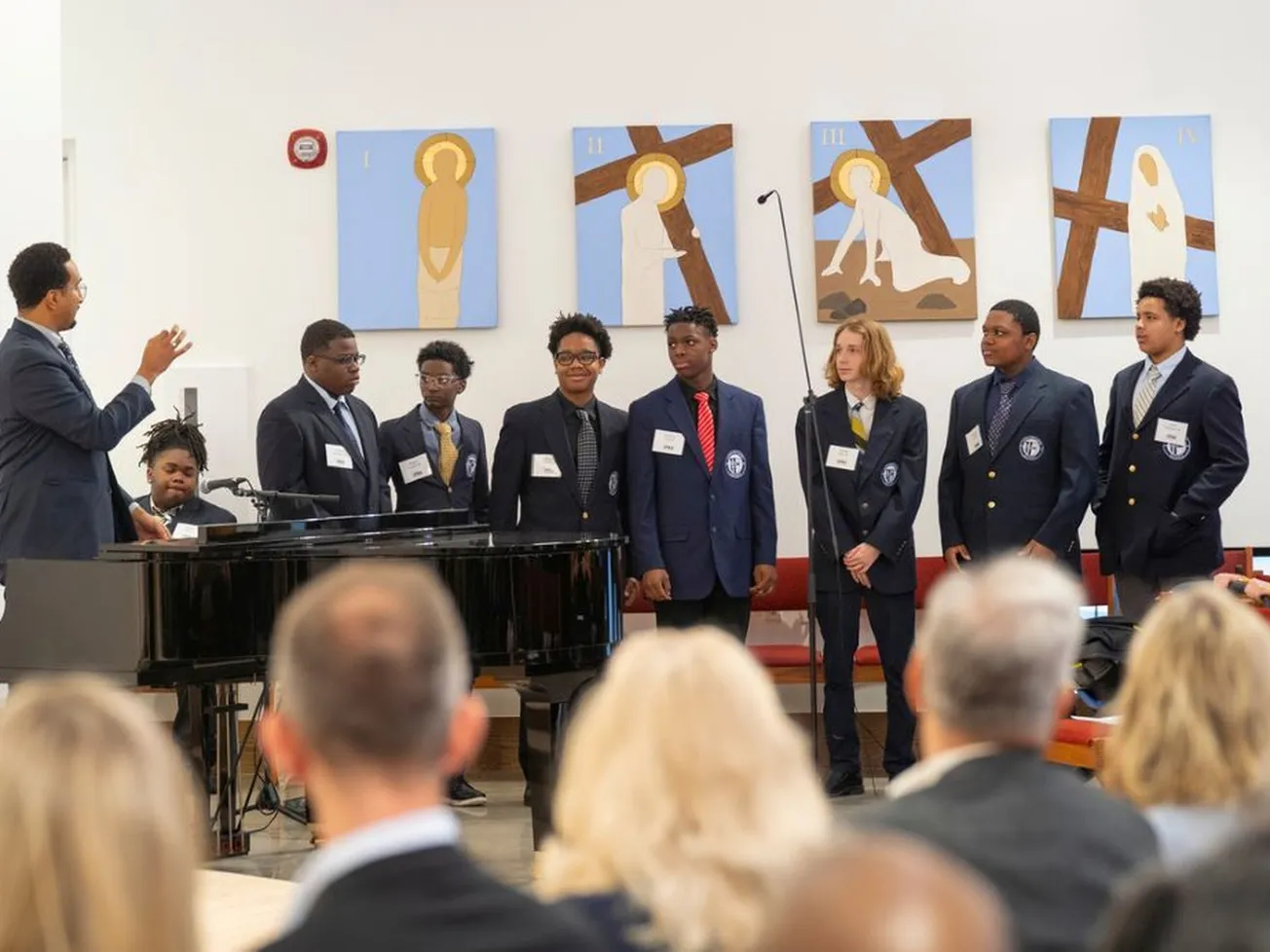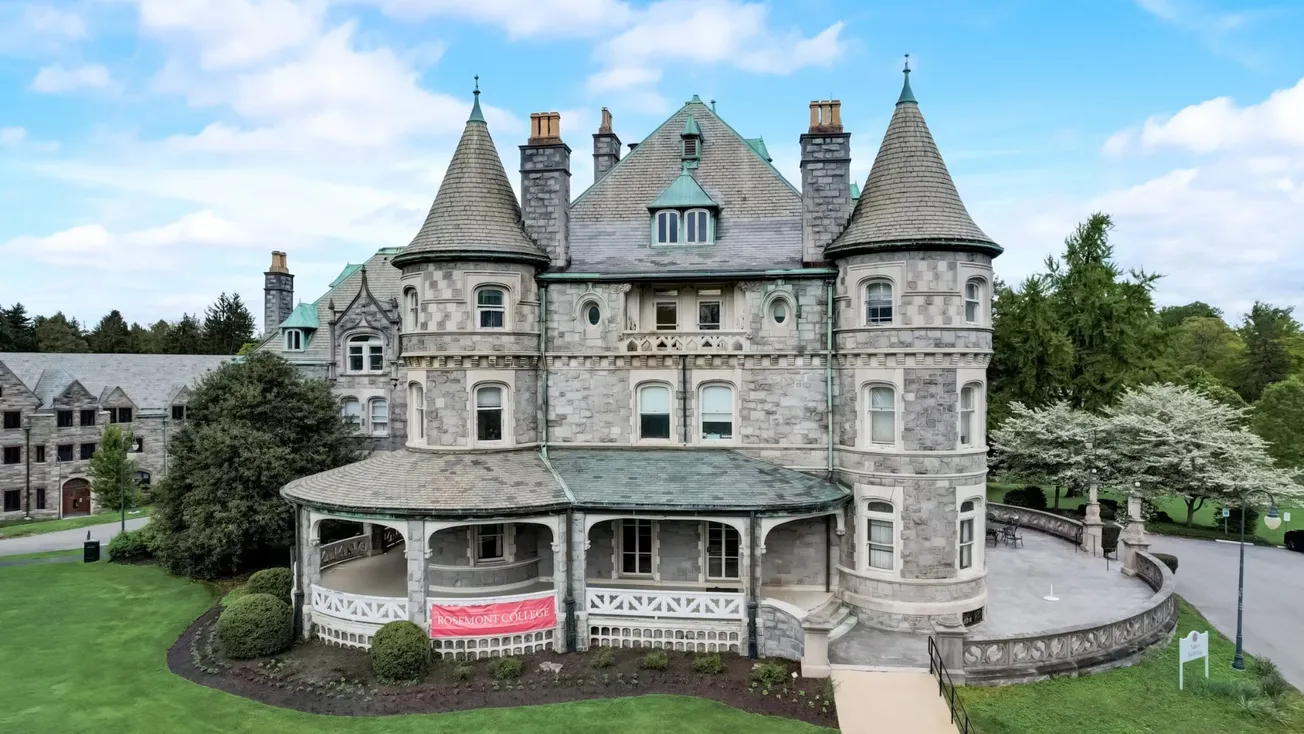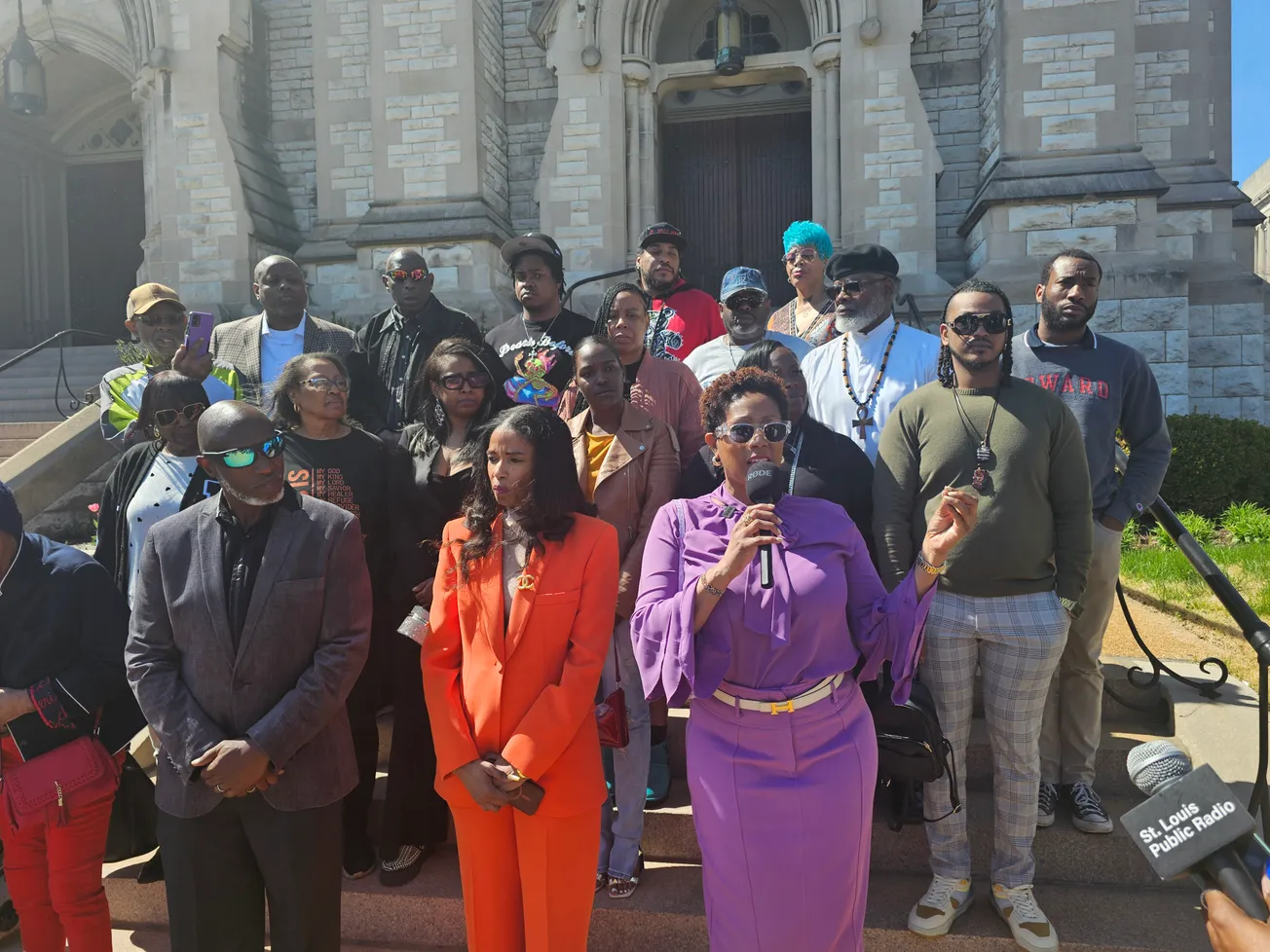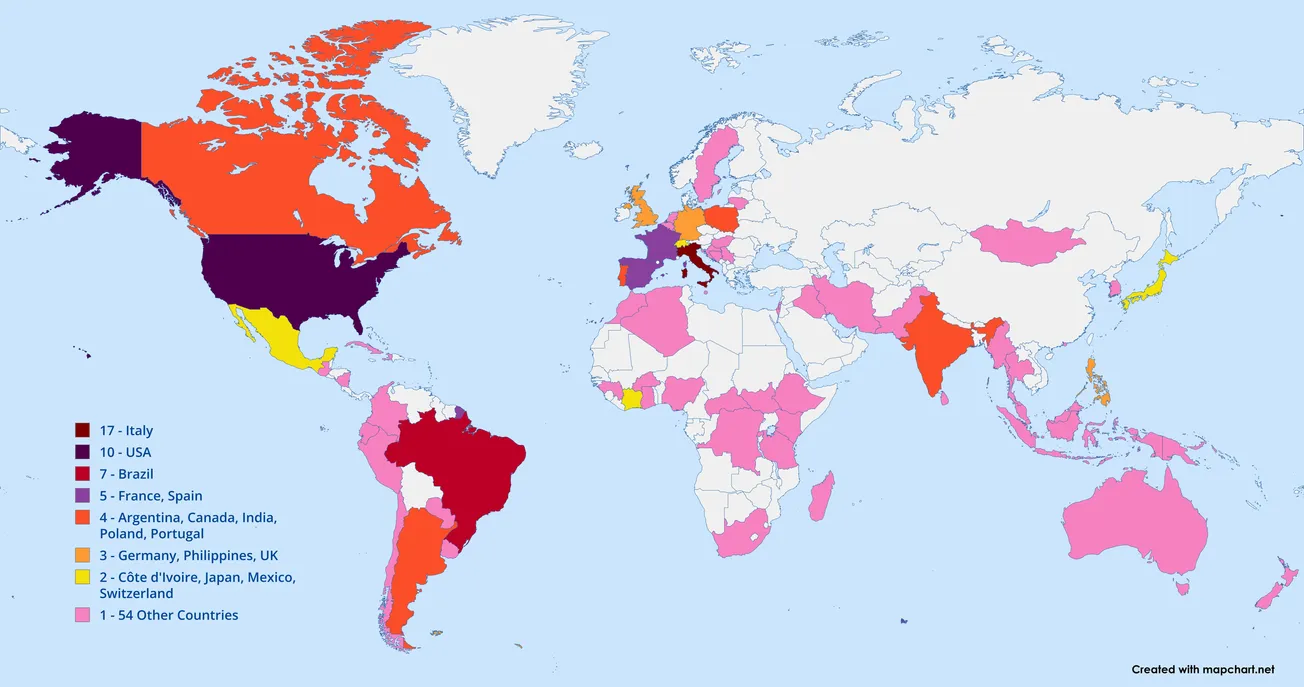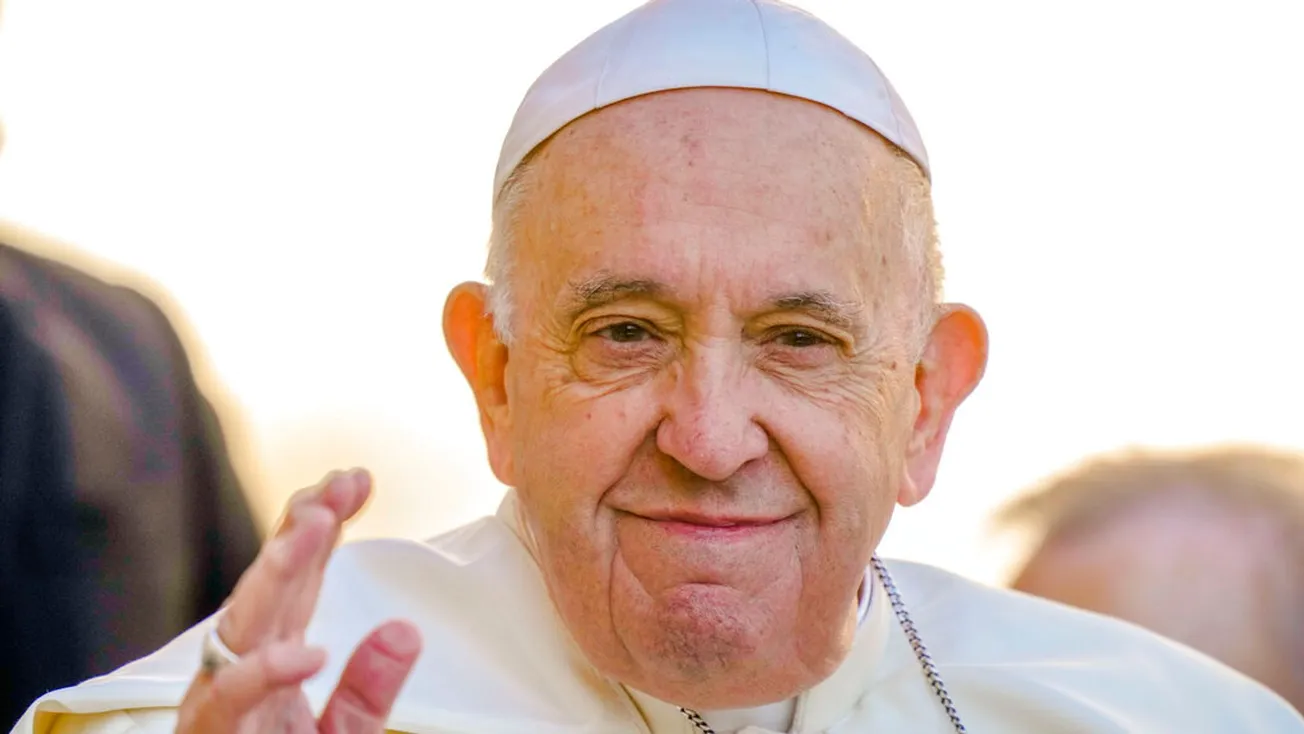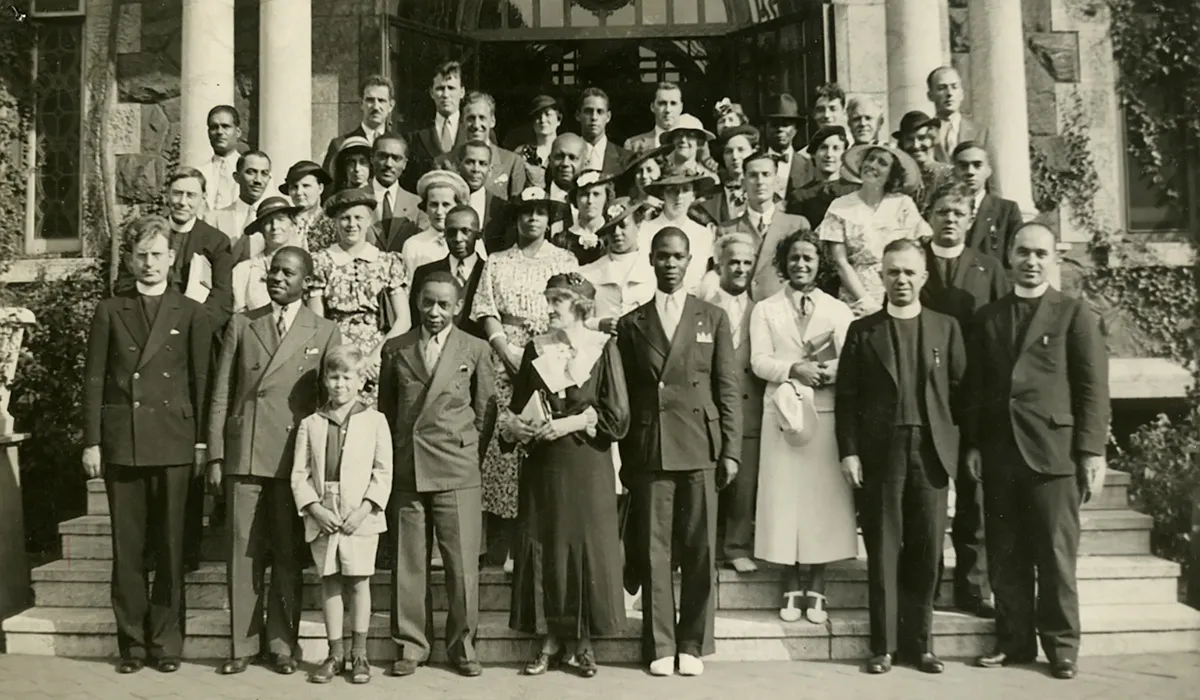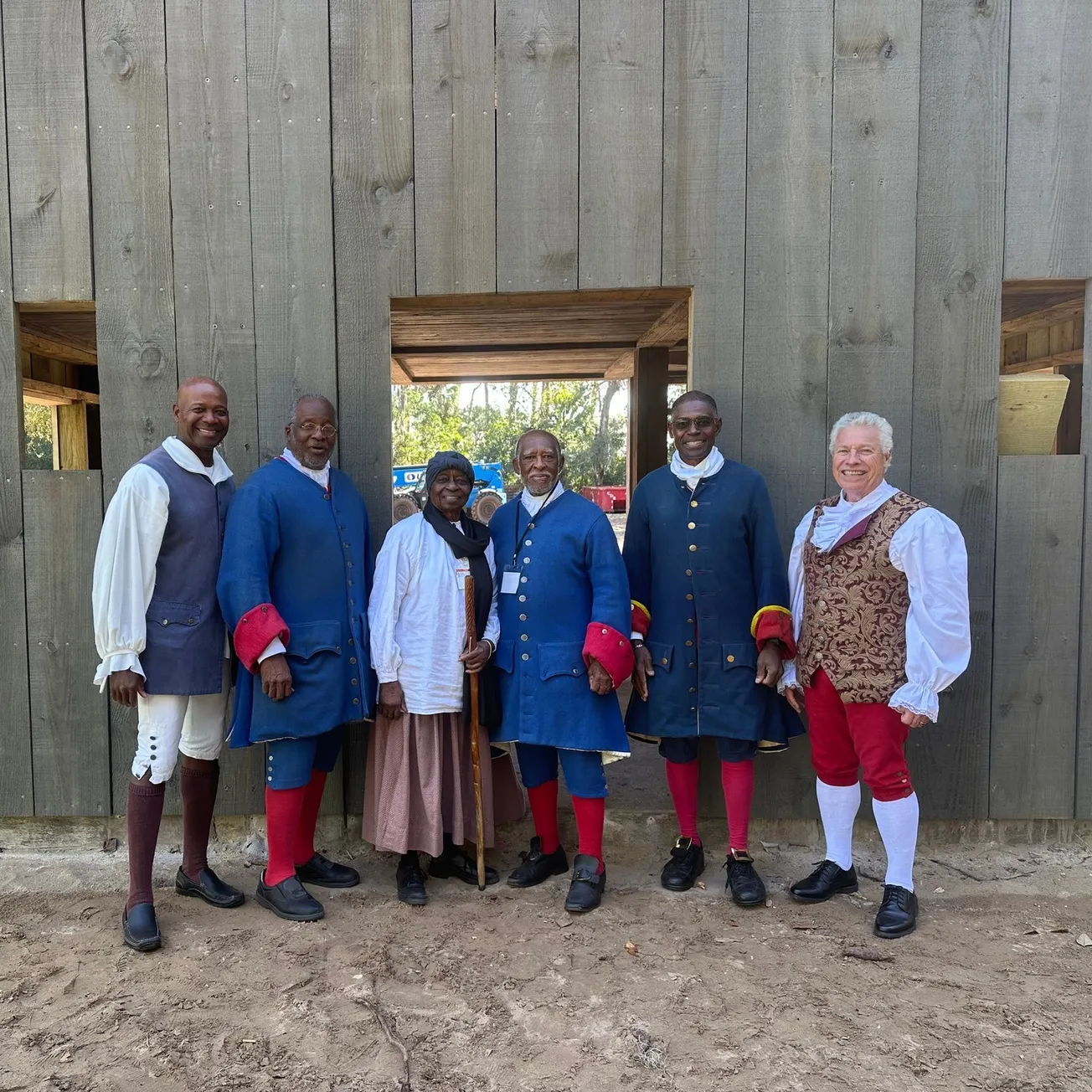In an age of dwindling support for Catholic education on the margins, a new school in Seattle is aiming to change the narrative, part of a longstanding network formed to serve low-income students.
Cristo Rey Jesuit Seattle High School (CRJS), scheduled to open in August 2024, is one of roughly 40 Catholic schools built on a work-study program pioneered by priests and business leaders in Illinois who saw a need for a connection between the classroom and the corporate world.
The new Cristo Rey Network outpost in Seattle, where big business abounds and Catholic high school tuition can exceed $25,000 a year, will be located in the Rainier Beach neighborhood in the South End of Seattle. It will serve a largely Black and African immigrant population in its first year, which will include only a freshman class. (A new grade will be added each year until full enrollment is reached in 2027-2028.)
Dr. Nadia Despenza Guy, the school’s founding principal, says she got involved with the school after years working in “turnaround schools,” where students are often disadvantaged and schools experience low academic performance.
“I thought, ‘What if I just did it right the first time and didn't have to turn something around?’” she told BCM, noting that working in a Catholic school allows for staff and administrators to speak to students’ divine call to achievement.
“Sometimes, you have to say “OK. God has a purpose for you.’ Academics can only do so much when you're combating systemic oppression. Sometimes, you just have to talk about people's purpose… You have to know who you are and whose you are, or you will get lost in this world.”
Despenza Guy noted that nearby schools in the South End have struggled with academic proficiency, with students often falling through the cracks. CRJS’ neighborhood includes a large population of immigrants from Ethiopia, many of whom are of the Oriental Orthodox faith, as well as other immigrant groups, Asians, Latinos, and African Americans.
The student population at CRJS is expected to be roughly 40% Black, part of a founding freshman class that will be markedly heterogeneous in a predominantly White city and metro region. Community members were part of a feasibility study conducted by the Cristo Rey Network in 2022 with a grant from the Richard and Maude Ferry Foundation, led by Richard’s grandson, Quentin Orem.
Orem, a former teacher who is himself a product of Jesuit education, sits on the CRJS board and says his family was first inspired to fund projects around racial justice after the murder of George Floyd in 2020. This sparked a scholarship program dedicated to Black and African-American families seeking a Catholic education for their children.
“It was just impossible to come out of that summer and not be moved in some way,” he said, noting that the later partnership with CRJS was not a direct result of the Black Lives Matter protests but was nevertheless an obvious choice.
“I don't know how you can't support the idea of Cristo Rey. It's just such a good idea.”

In few other contexts can high schoolers attend school four days a week and spend another working among business executives and other white-collar workers, perhaps modeling a career they will aspire to upon graduation.
Katie Seltzer, vice president of the corporate work-study program at CRJS, says Cristo Rey students are typically elated at the idea of being included in a world most (if not all) of them have never experienced before. It is believed that this helps lead to positive academic outcomes, with students in the Cristo Rey network graduating at twice the rate of their socioeconomic peers.
“There is this Catholic idea of subsidiarity and solidarity with the community when having those conversations of surveys and feedback on whether it was a model that students and families wanted,” Seltzer said.
“On a more profound level, students really reflected to us, too. They wanted to be able to help their families pay for their own education.”
CRJS president Paul Hogan, who has worked in Jesuit education for decades, says Seattle was a natural fit for the network’s model. More than two dozen partnerships have already been established with CRJS across a number of industries, including Twitch, Premera Blue Cross, Costco, Accenture, Microsoft, Amazon, the Space Needle, and T-Mobile.
“A lot of the big corporate names that you would have heard of in Seattle either are already on board or close,” Hogan said.
“There are law firms, healthcare companies, investment firms that are very interested. And when we have people come visit the school, they will often say, ‘I think this is something my company might be interested in being involved in.’”
Visitors to the school arrive at a ready-made locale, that of the former St. Paul Catholic School, on a shared campus with one of the more diverse parishes in the Seattle Archdiocese. Many of the city’s Black Catholics count themselves as alumni, though the school itself closed in 2021 after a period of declining enrollment. It is one of several such institutions nationwide to have closed since the onset of the COVID-19 pandemic.
As such, the revival of full-scale Catholic education at the former St. Paul’s is seen as a providential turnaround.
“It was very devastating for families when St. Paul's School closed,” said Gaynell Walker, a local Black Catholic leader and educator in Seattle whose children were educated at the former school. Walker, who now sits on the board of CRJS, helped plan the feasibility study and heads up the new school’s community outreach team.
“Now to see what has flourished from all the work that's gone into Cristo Rey Jesuit Seattle High School opening and knowing that young people will be in that building again, it's just a wonderful thing.”
Walker says the coming months will involve an ecumenical and interfaith strategy in which leaders from the local community will continue to be informed of the importance of CRJS.
“It's important because we're building community,” she said, “and Cristo Rey’s mission is to welcome everyone of any faith, of any culture. With the opportunities that are being provided, it's putting students, especially Black and brown students, on a trajectory of success.”
On goals for the coming months, Hogan says CRJS is seeking a “deep and wide” cadre of financial supporters. With 100% of families receiving financial aid, the team is fundraising $3 million in annual operating costs and is initiating a $25 million campaign for a new building on campus, with a plan for completion by the time the first class are seniors.
Naturally, more pupils, corporate partners, and prayers are also near the top of the list for the school's leaders.
“We believe in the power of prayer. We believe in the power of community,” Hogan said.
“It's God's school. It's got Jesus’ name in it—twice. So we believe we're doing stewardship work and then we'll pass it on to a new generation. Our founding team and board are trying to do what we should be doing to lift up all of God's children.”
Nate Tinner-Williams is co-founder and editor of Black Catholic Messenger.




